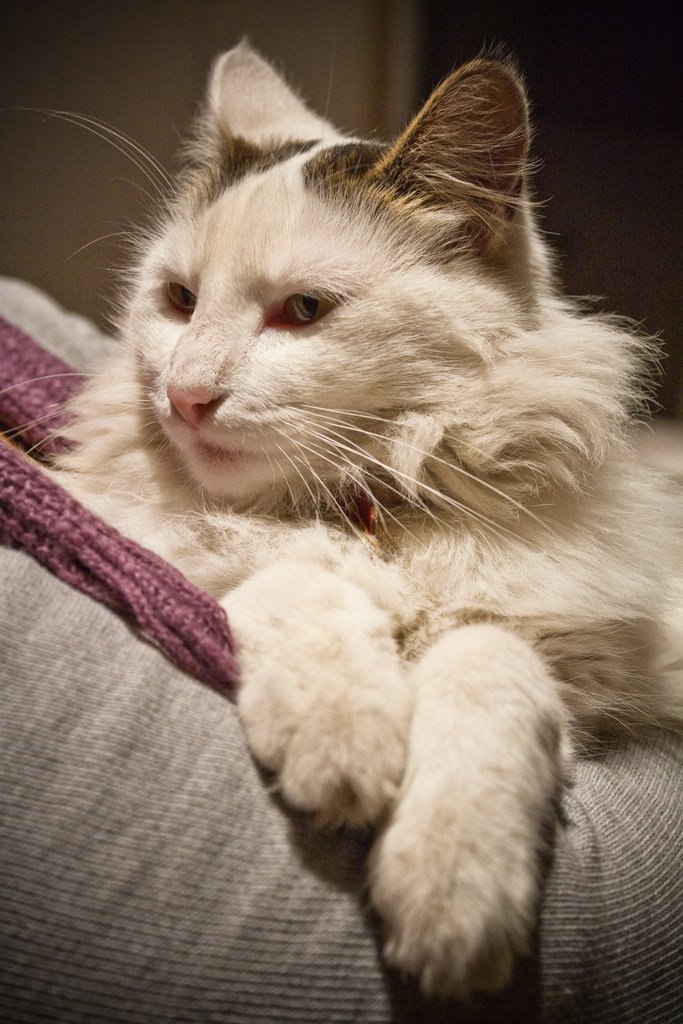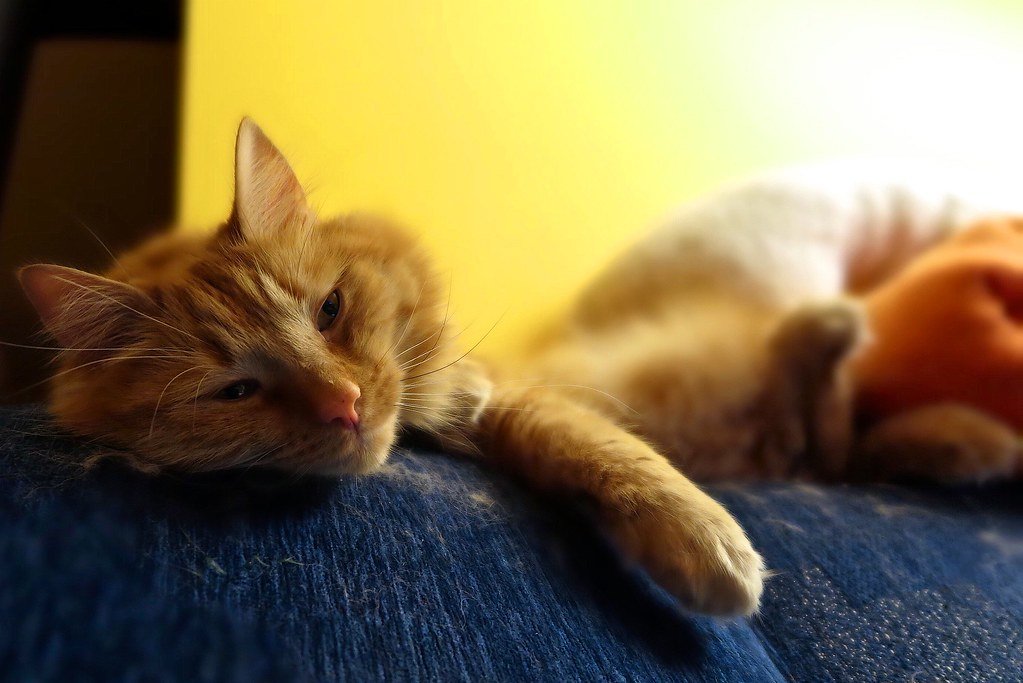Moving Their Food Bowl Every Single Day

Picture this: you walk into your kitchen and your coffee maker has mysteriously relocated to the bathroom. That’s exactly how your cat feels when their food bowl keeps changing locations. Cats are creatures of habit who thrive on predictability, and their feeding station is sacred territory.
Even the most laid-back feline can turn into a anxious mess when their dinner spot becomes a daily guessing game. Your cat’s whiskers are incredibly sensitive, and they use them to map their environment. When you constantly move their food bowl, you’re essentially scrambling their GPS system.
Ignoring Their Secret Bathroom Preferences

Your cat isn’t being dramatic about their litter box – they’re following ancient survival instincts. A dirty, smelly, or poorly positioned litter box triggers their natural fear of being vulnerable to predators. Most cats prefer their bathroom to be in a quiet, easily accessible location where they can see potential escape routes.
The golden rule is one litter box per cat, plus one extra. If you have two cats, you need three boxes. Skipping this rule is like forcing your family to share one bathroom during a stomach flu outbreak – pure chaos and stress for everyone involved.
Forcing Unwanted Social Interactions

That friend who insists on picking up your cat despite their obvious discomfort? They’re unknowingly creating a stress nightmare for your feline. Cats communicate through body language, and when humans ignore their “please don’t touch me” signals, it can trigger panic responses.
A stressed cat might flatten their ears, swish their tail aggressively, or try to hide behind furniture. Respecting these boundaries isn’t just polite – it’s essential for maintaining your cat’s mental health and trust in humans.
Creating a Noisy Chaos Zone

Cats can hear frequencies up to 64,000 Hz, which means your “normal” household sounds are like living inside a rock concert for them. Sudden loud noises, construction work, or even consistently high television volumes can keep your cat in a constant state of alert.
Think of your cat’s ears as super-powered satellite dishes that pick up every tiny sound. When their environment becomes unpredictably noisy, they can’t properly rest or feel secure. Even chill cats need quiet zones where they can decompress from the sensory overload of modern life.
Disrupting Their Sacred Sleep Schedule

Cats sleep 12-16 hours per day, and this isn’t laziness – it’s biological necessity. When you constantly wake them up for cuddles, photos, or play sessions, you’re interfering with their natural sleep cycles. This can lead to crankiness, behavioral problems, and even health issues.
Your cat’s sleep patterns are carefully orchestrated around their hunting instincts and energy conservation needs. Imagine if someone kept waking you up every hour because they thought you looked cute while sleeping – you’d probably lose your mind too.
Conclusion: Reading Your Cat’s Stress Signals

Understanding these common mistakes can transform your relationship with your feline companion. Cats are masters at hiding stress, but once you know what to look for, you can create a more peaceful environment that honors their natural instincts. Remember, even the chillest cat has limits, and respecting those boundaries is the key to a happy, healthy relationship.
The next time you notice your cat acting differently, take a moment to consider whether any of these stressors might be at play. Sometimes the smallest changes in our routine can have the biggest impact on our cats’ wellbeing.
Which of these mistakes surprised you the most about your own cat care routine?
Hi, I’m Bola, a passionate writer and creative strategist with a knack for crafting compelling content that educates, inspires, and connects. Over the years, I’ve honed my skills across various writing fields, including content creation, copywriting, online course development, and video scriptwriting.
When I’m not at my desk, you’ll find me exploring new ideas, reading books, or brainstorming creative ways to solve challenges. I believe that words have the power to transform, and I’m here to help you leverage that power for success.
Thanks for stopping by, Keep coming to this website to checkout new articles form me. You’d always love it!






